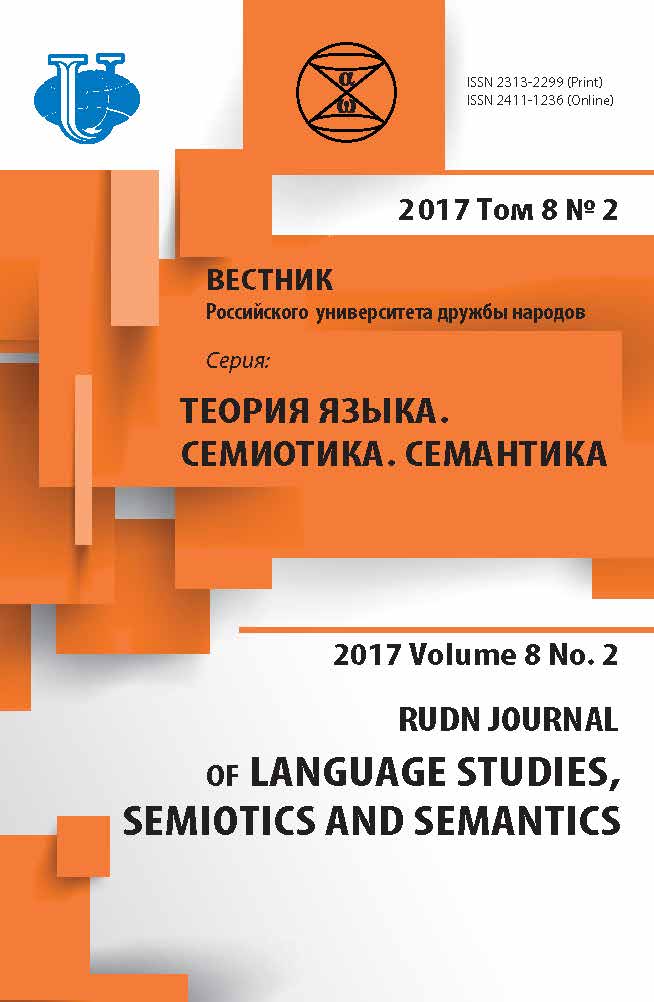Oriental Origins of Figurative Language of the French Ornamental Art in XVII- XVIII Centuries
- Авторлар: Tkach DG1
-
Мекемелер:
- The Kosygin State University of Russia
- Шығарылым: Том 8, № 2 (2017)
- Беттер: 440-447
- Бөлім: ARTICLES
- URL: https://bakhtiniada.ru/2313-2299/article/view/341242
- DOI: https://doi.org/10.22363/2313-2299-2017-8-2-440-447
- ID: 341242
Дәйексөз келтіру
Толық мәтін
Аннотация
The XVII-XVIII centuries are the period of highest French applied art prosperity and its approval in Europe as a recognized standard. This was achieved as a result of the creative development of traditional European ornamental art by French masters, and due to the successful adaptation of oriental decor. The article reveals the peculiarities of figurative language of the East ornamental art, examines the symbolic meaning and the evolution of the most common ornamental motifs of oriental origin in the French decor in the XVII-XVIII centuries. It describes the primary sources, the emergence and development of chinoiserie oriental style in France, as well as the role of prominent French decorators in the formation of this style. The article reveals the value of chinoiserie figurative language as an organic part of the ornamental lexicon in Baroque and Rococo styles.
Авторлар туралы
D Tkach
The Kosygin State University of Russia
Хат алмасуға жауапты Автор.
Email: tkach.dmitry@mail.ru
1, Malaya Kaluzhskaya str., Moscow, Russia, 119071
Әдебиет тізімі
- Jacobson, D. (2004). Chinese style. Moscow: Iskusstvo — XXI vek.
- Hugues P. (1975). Langage du tissu. Paris: Autoedition.
- Jacqué J. (1995). Les motifs imprimés sur etoffes au XVIII-ème siécle et leur fortune critique. In: Le cotton et la mode. Paris. Lausanne.
- Alain, G. (1992). L`art decoratif en Europe. Classique et Baroque. Vol. II. Paris: ed. Citadelles et Mazenod.
Қосымша файлдар








